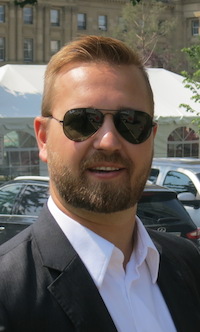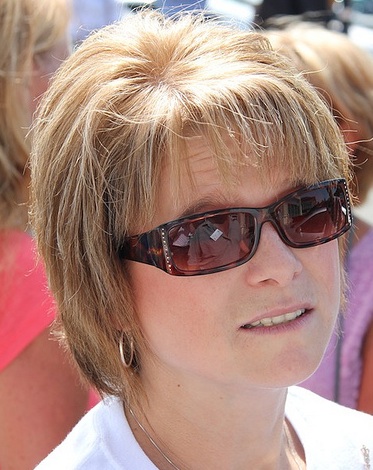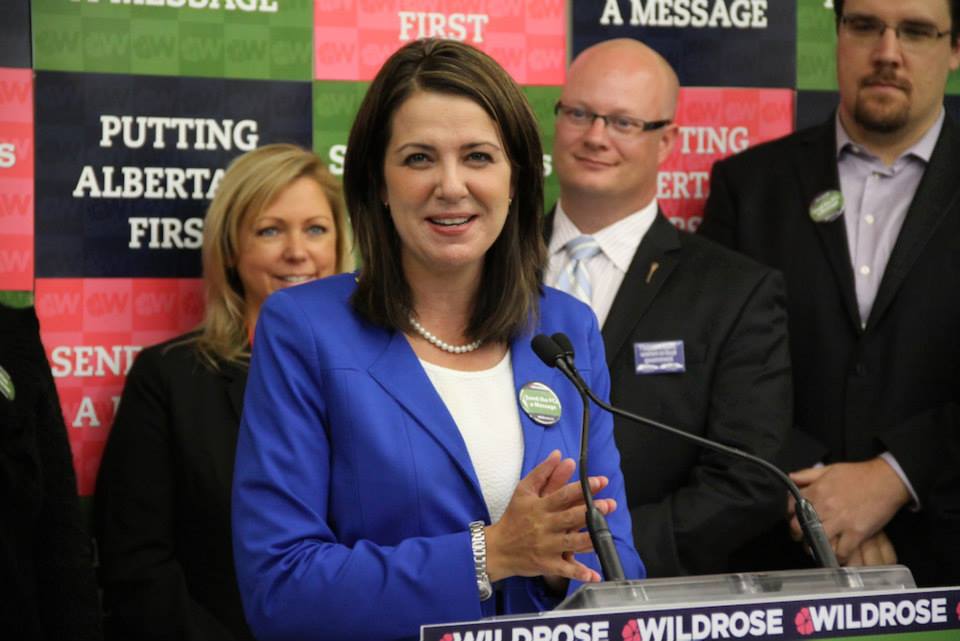Alberta’s Chief Electoral Officer Glen Resler spoke to the Standing Committee on Legislative Offices on September 24, 2015 about legislated timelines that require an Electoral Boundaries Commission be appointed to redraw the provincial electoral districts.
Because the 2015 provincial election was called one year earlier than Alberta’s (meaningless) fixed election date calls for the timelines now present a difficult challenge for Elections Alberta.
Section 5 of the Electoral Boundaries Commission Act states that a commission be appointed following every second election and a minimum of eight years and maximum of ten years since the previous commission. Two elections have been held since the last commission was appointed only six years ago.
The current legislative timeline, according to Mr. Resler, would not give the commission and Elections Alberta staff enough time to prepare for the next election, scheduled to be held in early 2019.
Mr. Resler told the committee that he is recommending the government introduce an amendment to the Act to shorten the timeline so a commission can be appointed before the eight year minimum period.
He told the MLA committee that he is proposing the government amend the law to allow the next commission be appointed by September 2016 in order to have a final report prepared for approval by the Legislative Assembly in the fall of 2017. This timeline would allow Elections Alberta enough time to prepare the new electoral districts for the 2019 provincial election.
If and when Justice Minister Kathleen Ganley introduces amendments to the timeline, the government should also change other sections in the Electoral Boundaries Commission Act that would create a more fair process of drawing electoral districts.
Under the current law, the commission is comprised of two appointees nominated by the Premier and two appointees nominated by the Leader of the Official Opposition, and a “neutral” chairperson.
Ms. Ganley should recommend that the commission instead be made up of non-partisan judicial appointees made by the Speaker of the Assembly, similar to the commissions appointed to draw the federal electoral boundaries.
The government should also amend the section of the Act that lays out guidelines for the commission to redraw Alberta’s electoral districts.
Section 15 of the Act allows for the population of a proposed electoral division to be 25 percent above or 25 percent below the average population of all the proposed electoral divisions.
While many other provinces allow for a 25 percent variation, some provinces allow smaller deviations. Newfoundland and Labrador and Manitoba’s southern districts follow a general rule for deviation of up to 10 percent. Saskatchewan and New Brunswick allow for a 5 percent general deviation.
The government could easily amend the law to allow the population of each of the new electoral divisions to be closer to the provincial average, perhaps within plus or minus 10 percent or 5 percent deviation.
This Act also allows the commission to recommend up to 4 large electoral divisions with a population that is as much as 50 percent below the average population of all the proposed electoral divisions.
These conditions introduced in 1990 are largely arbitrary, allowing the 50 percent deviation for constituencies which exceed 20,000 square kilometres, are in excess of 150 kilometres away from the Legislative Assembly Building, include no town larger than 8,000 people (the original bill required no town larger than 4,000 people), include an Indian reserve or Métis settlement and share a border with the provincial boundary.
The government could reduce the 50 percent deviation to 25 percent and direct increased funding for MLAs representing large electoral districts for the cost of multiple constituency offices and an increased travel/outreach budget. In 2015, the technology exists to aid MLAs to communicate, converse, and represent Albertans in large electoral districts.
Two rural constituencies currently fall under the 50 percent exception: Dunvegan-Central Peace-Notley with 16,392 voters and Lesser Slave Lake with 19,062 voters. Other rural constituencies that have a notable lower than average population of voters include Peace River with 20,464, Lac La Biche-St. Paul-Two Hills with 23,479 voters and Cardston-Taber-Warner with 23,918 voters.
The average voting population of a constituency in Calgary and Edmonton is more than 33,000 voters. Some urban constituencies, like Calgary-South East with 46,871 voters and Edmonton-South West with 41,230 voters, have grown considerably since the last redistribution.
Our provincial population has grown considerably since the last commission was appointed to redraw Alberta’s electoral boundaries in 2009. The new government should not just amend the timelines for the next commission, it should amend the Act to empower the commission to draw fair electoral boundaries that will ensure more effective representation and equality of the voting power in Alberta.






